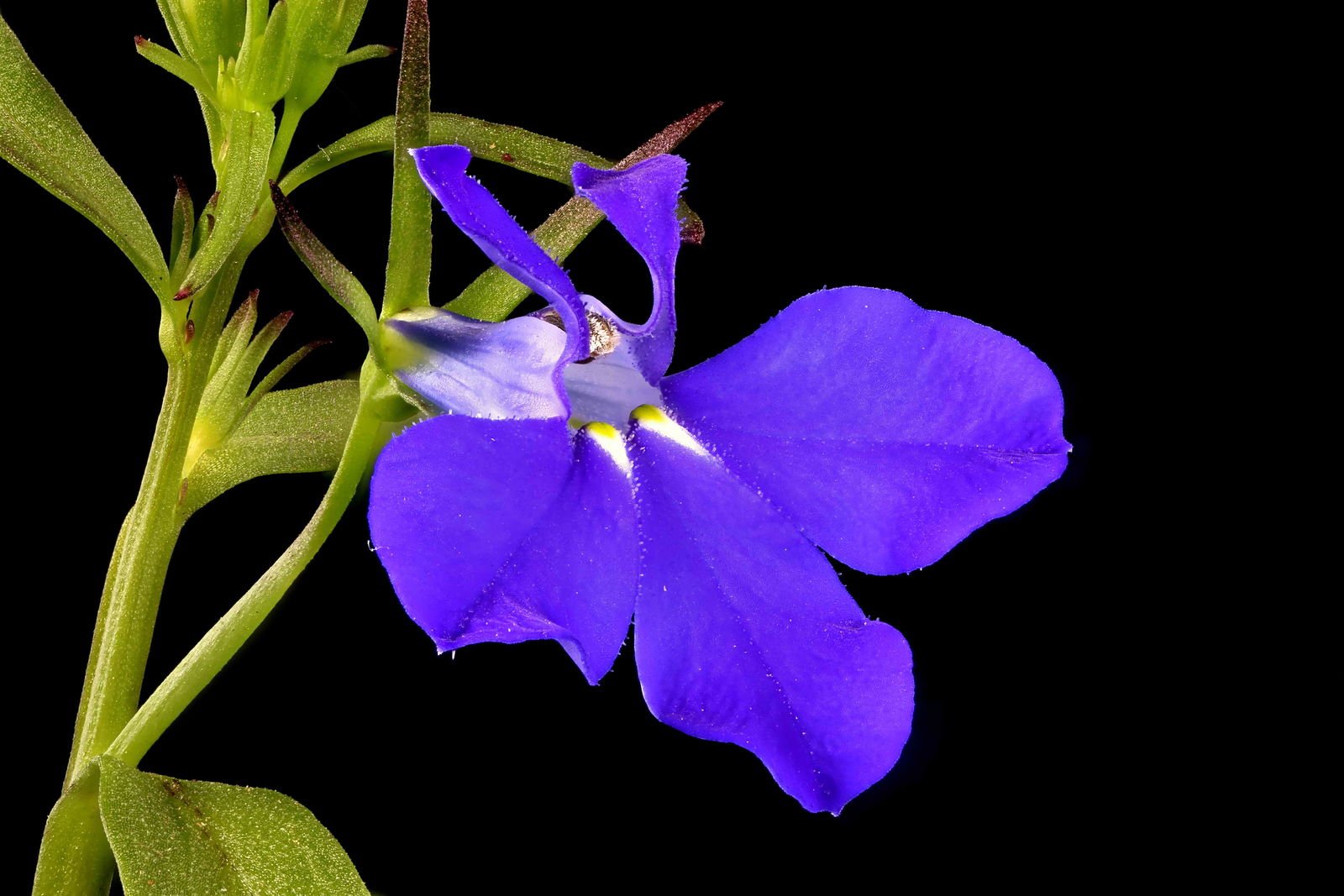Table of Contents
Do you want your garden to be more beautiful? Do you want your garden to be filled with such flowers which are unique and, at the same time, can add more charm?
Well, we have got a special flower plant which can fulfill all your requirements. Its none other than Lobelias! Yes, Lobelias are such good plants that are highly attractive to people’s eyes. With adding charm to your garden, this plant is beneficial as well. From being used for asthma treatment to curing vomiting and lung problems, Lobelia serves to be a medicine for human beings.
But do you know how these mighty plants are grown? No need to worry about it, as we will be discussing some points about growing and caring for Lobelias.
Lobelia: Its History and Background
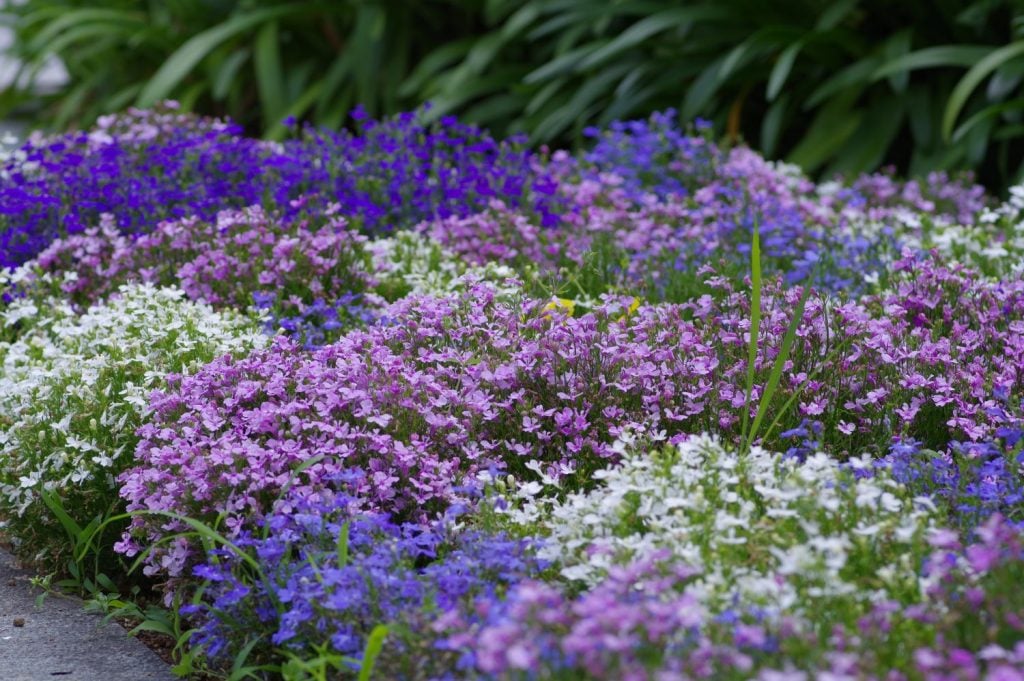
Hailing from the family Campanulaceae, this plant is one of the species from 415 species. This plant has many colours, but most commonly, it is seen in blue colour. Apart from blue, these are also available in pink, purple, and white colours. These plants have five lobes with two tubular-lipped flowers in them.
Lobelia is named after the French botanist Matthias de Lobel. Initially, Lobelia was first described by Carl Linnaeus in the year 1753. These lovely-looking plants are mostly seen in temperate regions. Lobelias are mainly found in South Africa. Speaking of its height, Lobelia remains at a height from 3 to 5 inches usually.
Where Should Lobelia Be Planted?
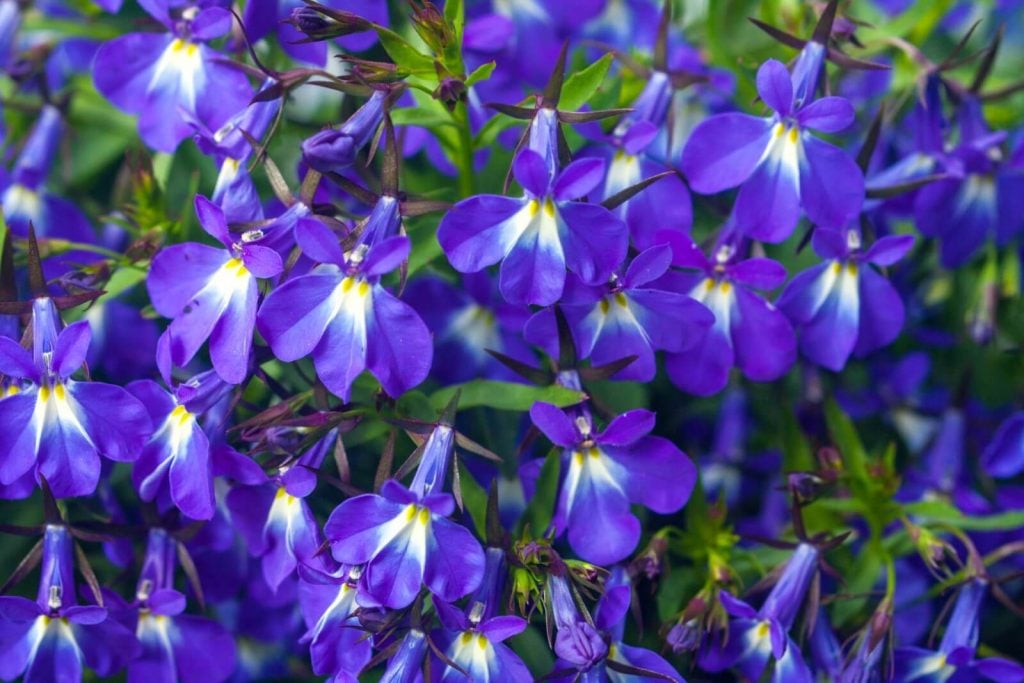
Before discussing planting these beautiful Lobelias, we must know which are the conditions or which are the places where it needs to be planted. So to plant this, we will need soil that consists of moisture. This is because this plant requires moist soil for plantation. Make sure that it should receive a good amount of sunlight with good watering. Remember, when the summer season is in the middle phase, it will have to get proper shade which will help this plant to bloom properly.
Some Useful Tips for Growing Lobelias
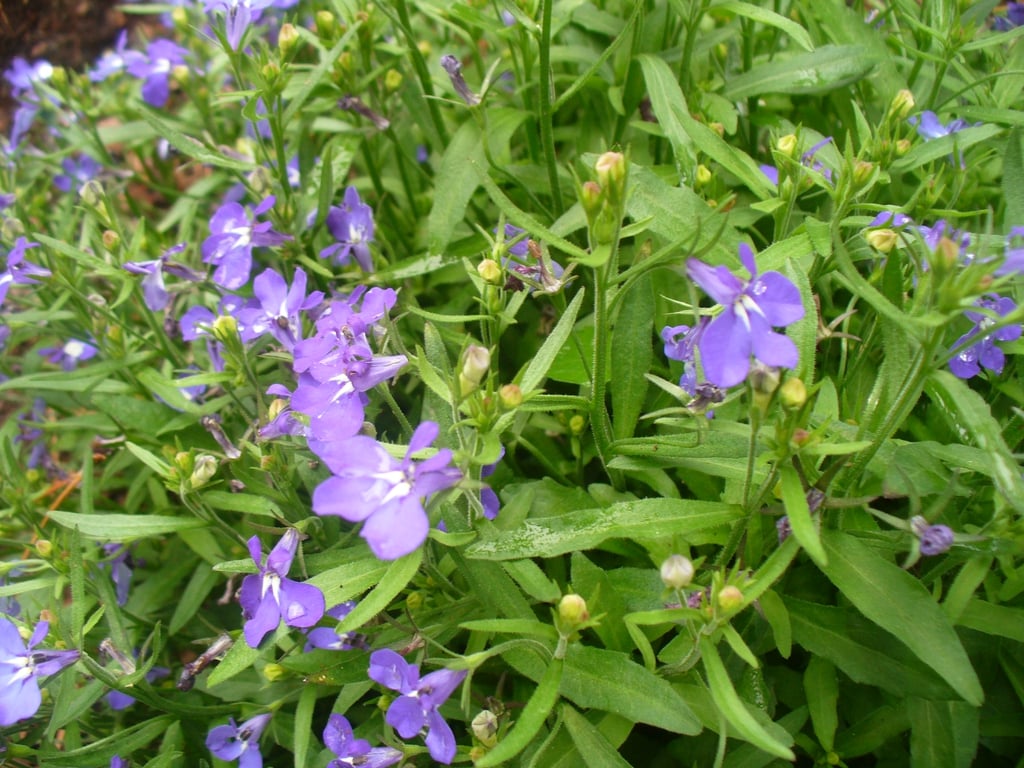
As we have mentioned before, Lobelias need a moist type of soil for their plantation. A good amount of water, sunlight, and shade will make these lovely-looking plants grow and bloom faster and smoother. But you should also keep in mind that Lobelias can grow in the garden or in other indoor areas just by sowing its seed.
But one thing you should keep in mind is that if you are planning to plant them indoors, then do this process before the frost season, as these plants will bloom properly before frost. You will have to start this process between 70 to 84 days (10 to 12 weeks) before the frost season starts. Gently spread the seeds on the soil and water them properly. Always remember that when you are sowing the seeds, it should be on the top part of the soil. After doing so, place it in an area that is a bit warmer. When the frost season gets over, you can take the plant in the outdoors, in the garden itself. Within a week after the seeding, you will be able to witness that small branches come out and are ready to be taken out of the indoor areas. Now when you are placing them in the garden, make sure you have space of at least 6 inches from other plants.
But, when you are growing in any type of container, then different steps are required. Actually, people from all over the world love this plant and want this plant to be a part of their home decoration. As this plant is used for ornamental purposes, people tend to keep them in containers as well. This is for cooler regions, but for warmer regions, Lobelia should get good shade. But do remember that over-watering and not having proper soil will make the plant not grow well. They dwell well in spring instead of summer, as it is seen that when the temperatures rise, they do not bloom well.
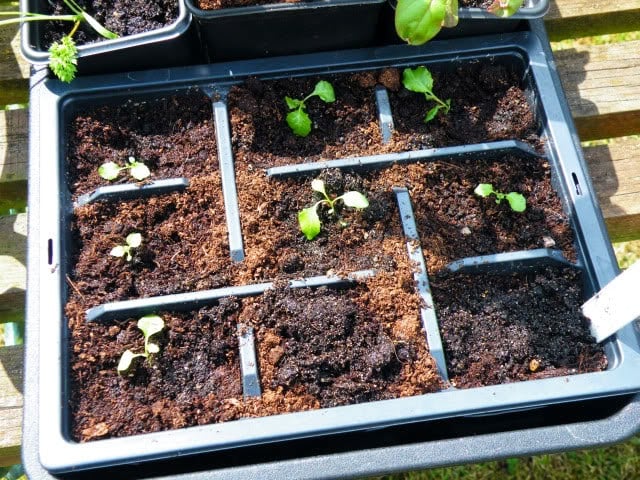
We will also discuss the steps of growing Lobelias from seed as well:
- Step 1: Scatter the seeds in the tray of seedlings, which is filled with seed-starting soil. But remember not ever to bury the seeds, which may give you bad results indeed.
- Step 2:When done with the first step, you will have to see if your tray is covered. And if the tray is covered, make it uncovered and place it in a corner where it can receive a decent amount of sunlight.
- Step 3: Now water the plant fully to make the soil moist. As mentioned in the previous parts, this plant requires a moist type of soil for survival. Water continuously on a daily basis which will, in turn, make the plants grow within two to three weeks approximately.
- Step 4: It is suggested that the Lobelia plant needs to be planted in the garden when it is nighttime. This can be done by simply making the plant hardy. And then, seedlings need to be separated to place in the gardens. But doing so, keep in mind that tearing of roots should be strictly avoided.
How to Care and Maintain Lobelias?
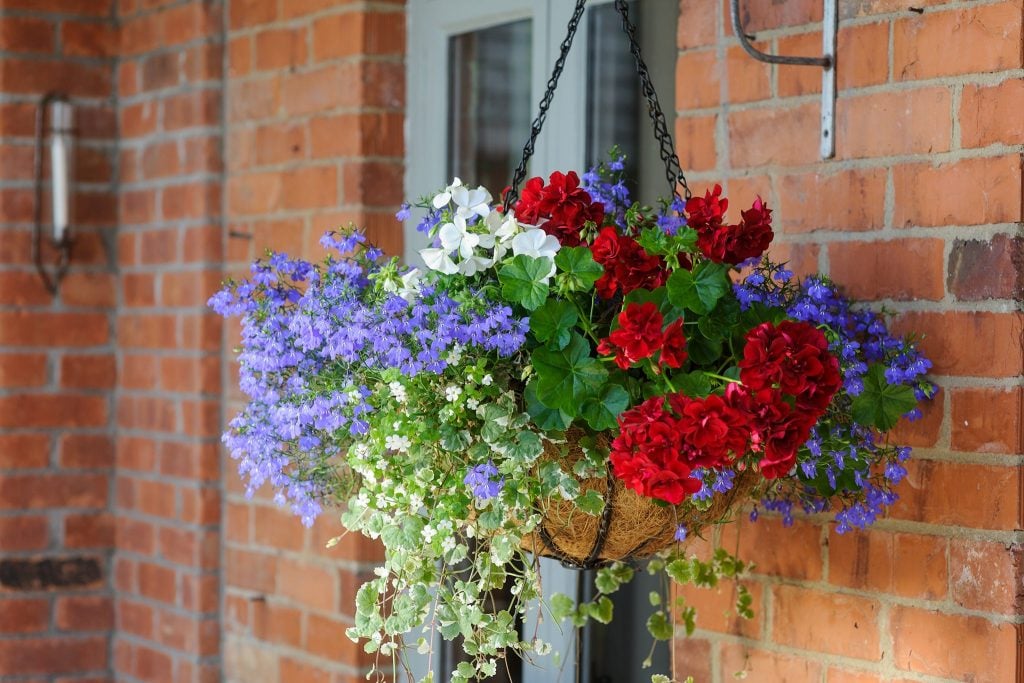
After the planting part is done, the next and immediate step is its caring and maintenance. This is the most crucial part because if you grow a tree or a plant, but you don’t give much care, then that plant will not grow properly and ultimately wither.
In reality, this plant doesn’t require much maintenance. Minimal maintenance and caring seem sufficient for Lobelias. When we think of caring or maintaining, then deadheading or pruning comes to our mind. To make our readers clear, this plant doesn’t require deadheading.
Always monitor the plant in summer or extreme summers, as it should not get overheated. Overheating can damage the plant’s life. A little amount of sunlight is good for its growth. In the watering part, you should water the soil until it is in moist condition. Too much watering can give you the opposite results. In rainy seasons or such kinds of areas, you need not be afraid of water as it will receive a decent amount of water. In high humidity or in the mid-summer season, you will have to water the plant continuously.
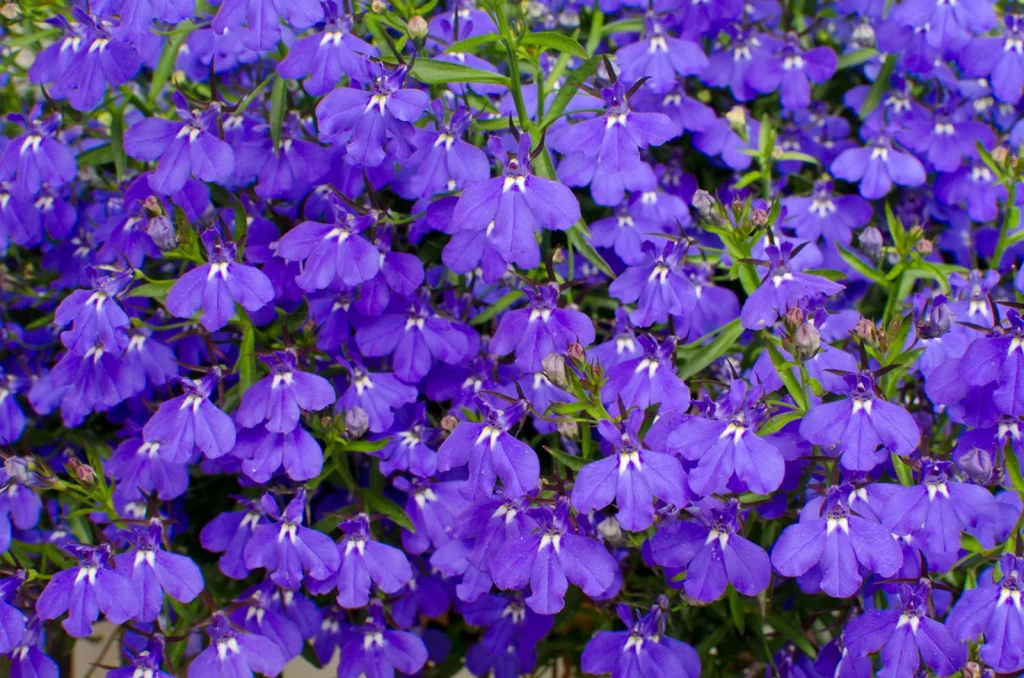
Now a question may arise of how it can be taken care of in winter!
Well, to answer this, let us first keep in mind that there are two forms of Lobelia one is Annual Lobelia, and the other one is Perennial Lobelia. Annual Lobelias are plants that have a full life cycle of a year basically, whereas Perennials can survive more than two to three years. In the case of annual Lobeila, they continue to bloom even after chopping in winter. Though the plant will die, you will be able to see it blooming again. But in the case of perennial Lobelia, it will die in winter. You have to gently cut the plant to some inches above the ground height to make them grow again.
Now when it comes to humidity and temperature, this plant has a decent record of surviving in humid conditions. Though they survive easily in moderate conditions, with extra effort and care, they can survive in extreme conditions as well. As we discussed in the previous lines, constant watering can prevent the plant from heat. Also, do remember that to make your plant bloom more and shine more, you will need some fertilizer. It is highly advisable that one should apply fertilizer after every two weeks.
One thing that needs to be kept in mind is always to use liquid fertilizer when you are working with Lobelias. Along with that, the fertilizer that is being applied, make sure it should have phosphorus in it. As we all know, phosphorus is good for flowering and blooming. All you have to do is just mix the fertilizer with water and apply them in the lobelias. Avoid applying them to the leaves as it tends the leaves to die.
What Problems Does Lobelias Face?

So far, we have discussed plantation, caring, and maintenance, but yet there are some common problems that one might have to encounter while planting these beautiful Lobelias.
There are some major problems with this plant, such as spotted leaves, curly leaves, browning of the base, and brown foliage. If one encounters spotty leaves, then one should know that this is done by spider mites.
They are the reason behind this problem. What they actually do is, suck up the plant by finishing its juice and making them dry and spotty. However, it can be prevented through soap which is used to prevent the insects from attacking the plant. Any insecticidal soap can be beneficial and powerful at the same time. Apart from that, you can also use insecticides to prevent them as well.
If you see curly leaves, then it is caused by extreme heat conditions. It is often seen that when heat tends to be at its peak, the plants try to protect themselves by curling their leaves, which makes the plant dry as well. However, constant watering and proper shade can help to save Lobelia from this problem. When these plants get overheated, Lobelia tends to turn brown.
This problem is called brown foliage. It can be prevented by moving Lobelia to a place where it can get proper shade. But, when the base of the plant tends to turn brown and the causing damage to the leaves, then you might have to encounter the brown base problem. This is done by a kind of insect called corn earworms.
To avoid further damages and fungi diseases to the plant, it is better to remove the damaged part, which can help to stop the further spreading of the disease. Apart from that, spider mites are such dangerous pests that can damage the plant to a good extent. To prevent them, you can apply insecticidal soaps or some neem oil to prevent the plant from diseases and pests.
Final Thoughts
Lobelia is such a great plant that can remove its dead leaves and branches by itself only. Applying fertilizer will make the plant bloom more. Choose wisely a good liquid fertilizer because this plant requires liquid fertilizer only. However, we have provided the links related to growing and caring for Lobelias. Prevent the plant from harmful mites and worms by spraying pesticides, insecticidal soaps, or neem oil.
With this, we have come to the end of this article. We have discussed Lobelia first, like where it is found and what its height is. Along with that, we have also learned about its growing process, which is listed in 4 basic steps. Apart from that, we have also learned how we can take care of this plant.
Remember that Lobelia is a low-maintenance plant, but it still does require some kind of maintenance.

